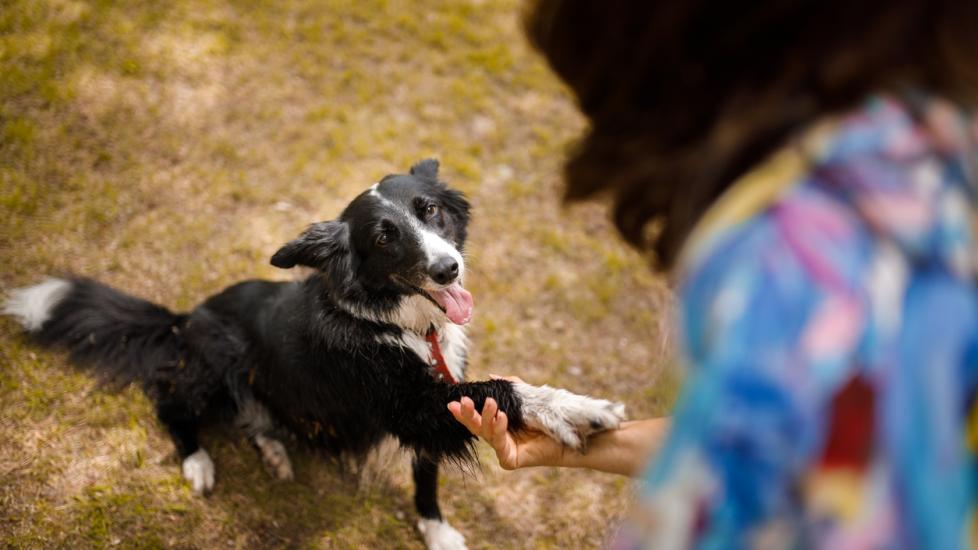Trifexis® (spinosad + milbemycin oxime)
PetMD’s medications content was written and reviewed by veterinary professionals to answer your most common questions about how medications function, their side effects, and what species they are prescribed for. This content shouldn’t take the place of advice by your vet.
What is Trifexis®?
Trifexis® is a chewable prescription medication used in dogs 8 weeks of age or older and at least 5 pounds to prevent and treat flea infestations, adult hookworm, adult roundworm, and adult whipworm infections. It is also used to prevent heartworm disease.
How Trifexis® Works
Trifexis® has two active ingredients, spinosad and milbemycin oxime. Spinosad works by causing an overload of nicotinic acetylcholine receptors in the insect’s nervous system. Spinosad is highly selective for insect receptors. It begins to kill fleas in about 30 minutes and kills up to 100% of fleas on dogs within 4 hours.
Milbemycin shifts chloride, a naturally occurring electrolyte, across the cell membrane of certain susceptible worms such as heartworms, roundworms, and hookworms. By overloading chloride into these worms, it affects the electrical activity within their nervous system, causing muscle paralysis and death. Mammals do not contain the same chloride movement channels as insects, which makes milbemycin an important ingredient in Trifexis®.
Trifexis® Directions
Trifexis® is a chewable tablet and is administered once a month with food. For heartworm prevention, the medication should be given once monthly for at least three months after exposure to mosquitoes. Follow the directions on the drug label or as provided by your veterinarian. If your dog vomits within an hour of administration, another full dose is recommended.
Missed a Dose?
Speak with your veterinarian about what to do if you forget to give a dose of Trifexis®. Generally, they will advise you to administer a dose with food as soon as you remember, and then continue a monthly schedule from that date. In most cases, do not give extra or double doses.
Trifexis® Possible Side Effects
Vomiting is the most common side effect seen with Trifexis®. This side effect can be lessened when Trifexis® is given on a full stomach, which also helps the body to absorb the medication.
Other side effects include:
-
Fatigue (lethargy)
-
Lack of appetite
-
Itching
-
Diarrhea
-
Red ears or skin
-
Drooling
-
Trembling
-
Loss of coordination
-
Seizures
If you believe your animal may be experiencing any side effects, consult your veterinarian.
Human Side Effects
This medication is not used in humans. If you accidentally ingest a pet medication, call your physician or the national Poison Control Center hotline at 800-222-1222.
Monitoring
Prior to administration of Trifexis®, your dog should be tested for existing heartworm infection. While no specific monitoring is required for this medication, your veterinarian may recommend routine testing depending on your dog’s individual needs, other medications they may be on, or the issue that initially caused your pet to be placed on this medication.
Call Your Vet If:
-
Severe side effects are seen (see above)
-
Your dog’s condition worsens or does not improve with treatment
-
You see or suspect an overdose
-
You have additional questions or concerns about the use of Trifexis®
Trifexis® Overdose Information
Symptoms of an overdose of Trifexis® are very similar to the listed side effects above, with vomiting as the most common sign of an overdose. Additional symptoms may include drooling, tremors, fatigue (lethargy), and coughing. If you suspect an overdose, immediately contact your veterinarian, seek emergency veterinary care, or contact an animal poison control center. Consultation fees often apply.
Pet Poison Helpline (855) 764-7661
ASPCA Animal Poison Control (888) 426-4435
Trifexis® Storage
Trifexis® should be stored at controlled room temperatures between 68-77 F, and brief exposure to temperatures 59-86 F is acceptable. Always confirm storage requirements by reviewing the label.
Keep the medication in the provided blister packs until ready for use, to protect the chews from moisture and light.
Keep out of reach of children and pets.
Trifexis® FAQs
Is Nexgard® the same as Trifexis®?
No. Trifexis® contains the active ingredients spinosad and milbemycin oxime. It is labeled to treat and prevent flea infestations, adult hookworm, adult roundworm, and adult whipworm infections. Trifexis® can also be used to prevent heartworm infections. Nexgard® contains the active ingredient afoxolaner, and is labeled to treat and prevent flea infestations and certain tick species.
No vet writer or qualified reviewer has received any compensation from the manufacturer of the medication as part of creating this article. All content contained in this article is sourced from public sources or the manufacturer.
Featured Image: Capuski
